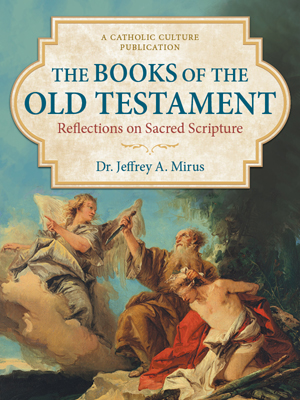Catholic Recipe: Oatcakes
While other countries have become known for bread baked in loaves, in ovens, or for dough fried in deep fat, the typical Scottish bread originated as a bannock, a round flat cake, baked on a "girdle" or griddle. Later, the bannocks and scones were "finished," or baked entirely, in the oven.
Although the words are frequently interchangeable, and have many local variations, bannock, usually means a large, round, dinner-plate-sized scone or cake. When the bannock is cut into "farls" or wedges, and these triangles are baked individually, they are referred to as scones, as are the smaller round cut, or dropped varieties. And please remember that the word scone is pronounced to rhyme with "gone," not "bone"!
Oatcakes are difficult for a novice to make perfectly in Scotland, and exceedingly more difficult for Americans to make thousands of miles away from the proper atmosphere. Our oatmeal is wrong, our stoves are wrong, our very stirring spoons and rolling pins are wrong. Who of us owns a spurge, a bannock-stick, a spathe, or a banna-rack? Still, with all these handicaps, we can still gallantly fashion a reasonable facsimile of a genuine oatcake, which may not look quite the way it should, but will taste pretty good, anyway!
Use Scotch or Irish oatmeal. If you use American rolled oats, run briefly in an electric blender first.
DIRECTIONS
Mix oatmeal, salt, and baking soda in a bowl. Make a well in the center of the meal, and pour in the malted fat and enough hot water to make a stiff dough. Try 1/4 cup to begin with, and add more as necessary. Turn dough out on a board well covered with dry oatmeal. Knead, and then roll out as thinly as possible. Keep adding more dry oatmeal to the board so the dough won't stick, and keep pinching the edges of the dough together where they have a tendency to split. Roll out to about 1/8 inch thickness, and then cut into "farls" (quarters) or smaller wedges.
Bake on a moderately hot griddle until the edges curl up. Then turn and finish. Or, place under the broiler to toast the soaps lightly.
If you prefer, you can bake the cakes at 350 degrees F for 20 to 30 minutes, or until they are quite dry and their edges begin to curl.
Serve hot with lots of butter and marmalade, honey, cheese, sardines, or fried herring. Then go back and make more!
Recipe Source: The Highlander's Cookbook: Recipes form Scotland by Sheila MacNiven Cameron, Gramercy Publishing Company, 1966






